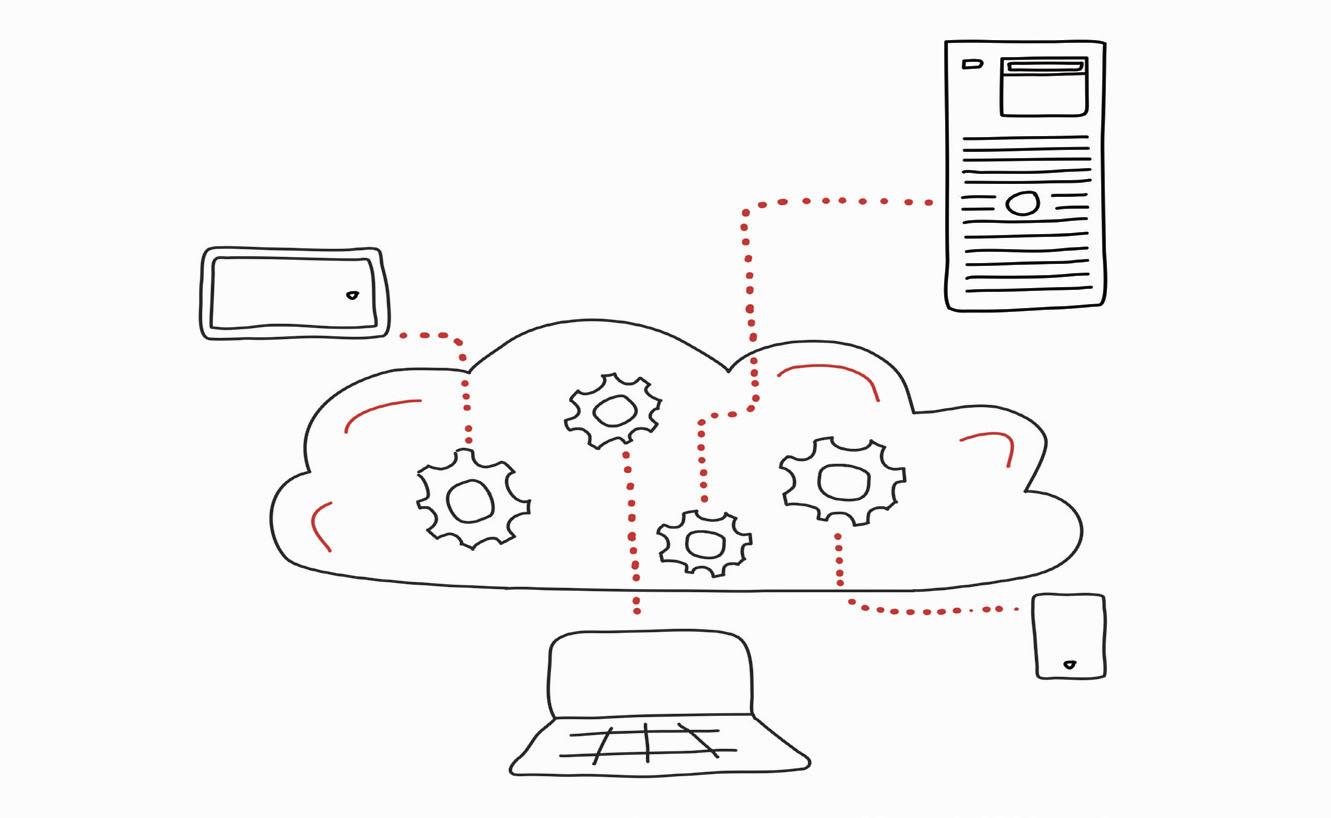14
Remaining challenges & potential solutions Working away from the office – or not Although the limitations of trying to discuss drawings and sketches virtually were consistently identified as a challenge in the design management process, some useful solutions were shared. The use of BIM 360, ProjectWise 365 and the online collaborative whiteboard platform Miro were all identified as being helpful tools to address this issue. Another possible solution was found in the use of graphic tablets, which made drawing on a tablet with a stylus feel more similar to drawing on paper. Some companies are now considering moving to using these more often, using graphic tablets such as those made by Wacom. Basic models show the image on the computer screen, whilst more expensive models provide the image on the graphics tablet as well, which is probably more useful when a conference call is in progress and screen space is being used for several purposes. There are other online platforms and graphics tools available, but those above were mentioned in the survey and other contributions to this project (they are not product endorsements by Buildoffsite). The limitations and variations of the home environment also pose a challenge. Some homes are more easily adapted to accommodate home working than others. Some households do not have childcare considerations, and of course some will have children returning to school. Whilst these pressures are difficult to solve, several solutions to space and work environment issues were suggested. Firstly, managers can ensure that their team have access to an appropriate workspace, as they would in the office. This could simply be by providing office equipment like desks, task lights and appropriate chairs. Secondly, for those with no feasible way to create a suitable home working environment, some participants had opened the office to them with strict COVID-19 safety measures in place. If staff felt they could not work from home, they had the choice to use the office in a socially distanced manner instead.
New recruits, young professionals and mentoring One participant explained that they had not yet met any of their current project team in person, which made it difficult to instinctually recognise voices on group calls and be familiar with skillsets and areas of expertise. Many others noted the difficulty they had in keeping newer recruits ‘on track’ and that questions, which in an office setting would’ve been a brief conversation over their shoulder, now required online meetings. There was less opportunity for continuous feedback and guidance. This suggests that there may be ways of improving task briefing for remote working. Indeed, some participants had found solutions to this by creating much more detailed briefs, ensuring every person was clear on their specific role and tasks to complete, along with worksheets to track progress. Others used weekly team meetings for this purpose. Many managers reported increasing their use of one-to-one calls with their team members. Elements of the Systems Engineering toolkit could probably help here, see ‘Ideas for future process innovation’ section below. The challenge of replicating ‘on the job’ training within an online office environment was widely reported across interviewees and round table participants. Many formal training courses have also been put on hold due to the pandemic. There was consensus that ‘on the job’ training was difficult to replicate in this new environment, however, one interviewee proposed an innovative solution to this. Their company was producing a series of ‘how to’ video guides. These ensured that even if a member of staff was unable to demonstrate something in person, everyone on a site could see exactly what was required. These video guides could be produced for virtually any scenario and provide a catalogue of resources to be drawn upon in the future. There is a case study on these video guides in the Appendix.
2





